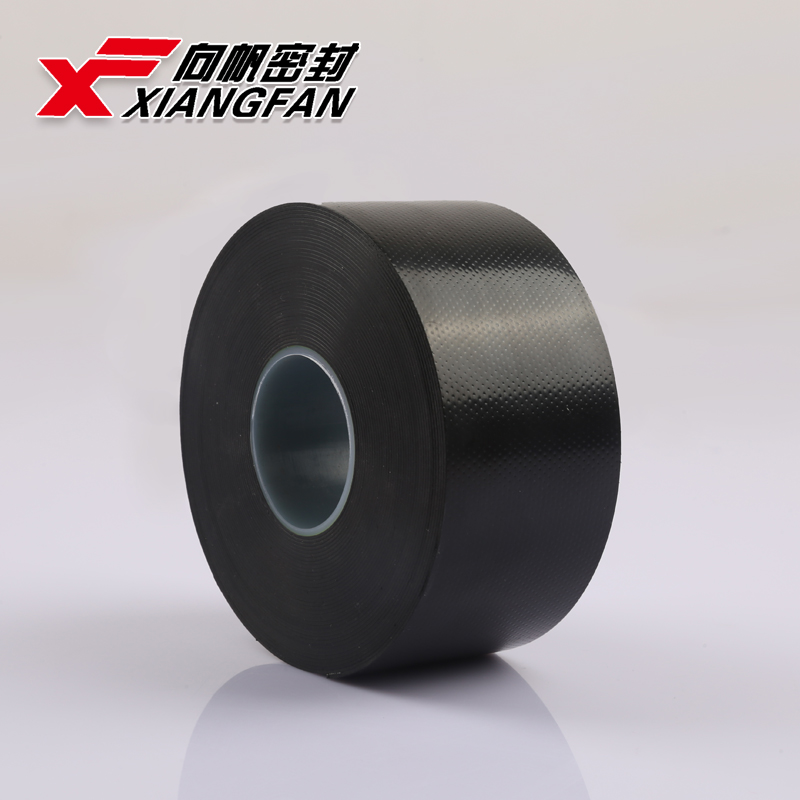Types of Intumescent Strips A Comprehensive Overview
Intumescent strips are essential components in the realm of fire safety, primarily used in building constructions to enhance the fire resistance of doors, windows, and other openings. These strips are designed to expand when exposed to heat, forming a barrier that helps to prevent the spread of flames and smoke. This article will explore the various types of intumescent strips, their applications, benefits, and the critical role they play in fire protection.
What are Intumescent Strips?
Intumescent strips are typically made from materials such as graphite, which expands dramatically when exposed to elevated temperatures. This expansion creates a dense, insulating char that blocks the passage of hot gases and flames, effectively sealing gaps that may otherwise allow fire to penetrate. They are often used in conjunction with fire-rated doors and framing to meet fire safety regulations.
Types of Intumescent Strips
1. Fire Door Intumescent Strips These strips are specifically designed for use in fire doors, which are vital for compartmentalizing fire within a building. When a fire breaks out, the intumescent strips on the edges of the door will expand to fill any gaps between the door and the frame. This expansion helps to create a smoke and fire barrier, allowing occupants more time to evacuate safely.
2. Smoke Seals Smoke seals are often integrated within intumescent strips to provide dual protection against both fire and smoke. These strips expand when heated to form a solid barrier, while also preventing smoke from traveling through the gaps in door frames. Smoke seals are critical in maintaining the integrity of escape routes during a fire.
3. Window Intumescent Strips Similar to fire door strips, window intumescent strips are designed to protect the openings of windows during a fire. When heat is applied, these strips expand to fill any gaps around the window frame, providing thermal insulation and preventing flames and smoke from entering the building.
4. Perimeter Seals These types of intumescent strips are installed around the perimeter of walls and ceilings, often in conjunction with fire-resistant assemblies. They serve a similar purpose to door and window strips, acting as a barrier to prevent fire and smoke from traveling through structural joints.
5. Self-Adhesive Intumescent Strips For ease of installation, self-adhesive intumescent strips are available, which can be easily applied to surfaces without the need for additional adhesives. These strips come in various sizes and shapes, making them versatile for different applications, such as in existing structures where retrofitting fire protection is necessary.
types of intumescent strips

Applications of Intumescent Strips
The application of intumescent strips spans across various sectors, including residential, commercial, and industrial buildings. They are utilized in fire-rated doors, passive fire protection systems, and within construction joints. Proper installation of these strips is crucial to ensure effectiveness, and they should be installed by qualified professionals in accordance with building codes and fire safety regulations.
Benefits of Intumescent Strips
1. Enhanced Fire Safety The primary advantage of intumescent strips is the additional layer of fire protection they provide. By sealing gaps in fire-rated assemblies, they significantly reduce the risk of fire spreading within a building.
2. Cost-Effective Solution Intumescent strips are relatively inexpensive compared to other fire protection measures. Their use can enhance the overall safety of a building without requiring major renovations or extensive modifications.
3. Easy Installation Many intumescent strips are designed for quick and easy installation, making them a convenient option for new builds as well as retrofitting existing structures.
4. Compliance with Codes The incorporation of intumescent strips into building designs helps ensure compliance with fire safety regulations and standards, making them an important aspect of overall building safety.
Conclusion
In summary, intumescent strips are a critical element in fire protection strategy. By understanding the different types available and their respective applications, building owners and contractors can effectively enhance fire safety within their structures. Whether used in fire doors, windows, or as part of a comprehensive fire protection system, these strips play an invaluable role in safeguarding lives and property against the devastating effects of fire. As fire safety standards continue to evolve, the importance of incorporating intumescent technology will remain paramount in ensuring safer built environments.
-
XIANGFAN Rubber Tape-Ultimate Solutions for All Your Insulation NeedsNewsJun.24,2025
-
XIANGFAN Rubber Tape-Protection for Industrial and Residential ApplicationsNewsJun.24,2025
-
XIANGFAN Rubber Tape: Superior Safety and Sealing for Demanding EnvironmentsNewsJun.24,2025
-
XIANGFAN Rubber Tape: Reliable Solutions for Every Electrical ChallengeNewsJun.24,2025
-
XIANGFAN Electrical & Industrial Tape: Powering Reliability Across IndustriesNewsJun.24,2025
-
XIANGFAN Electrical & Industrial Tape: Excellence in Every ApplicationNewsJun.24,2025
